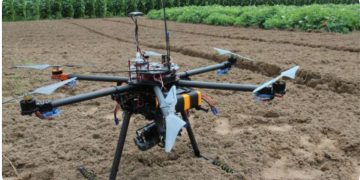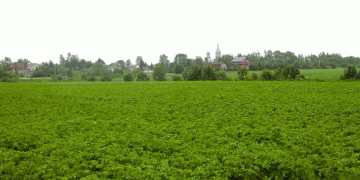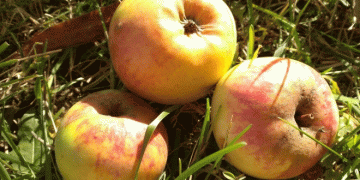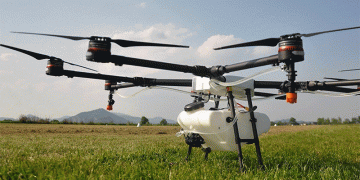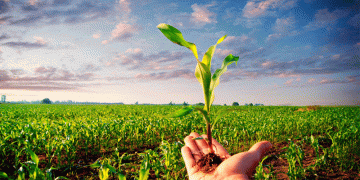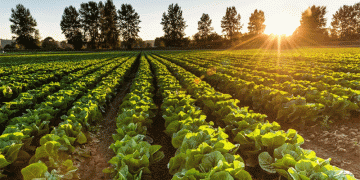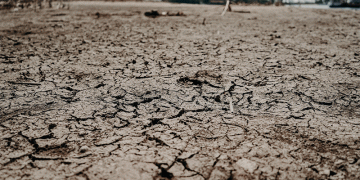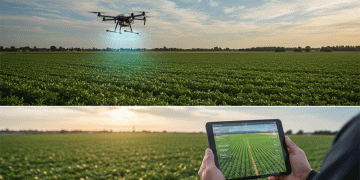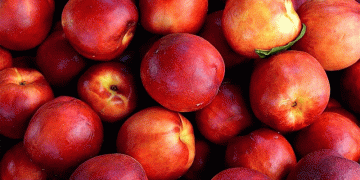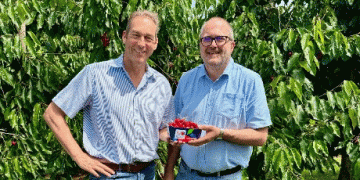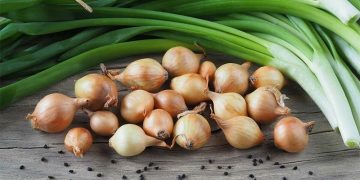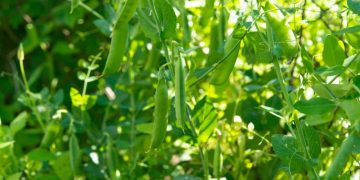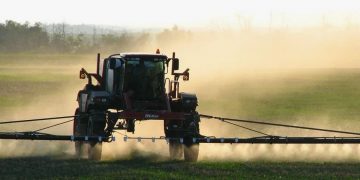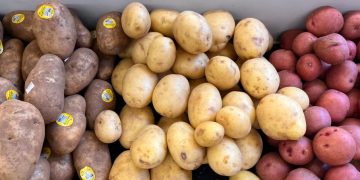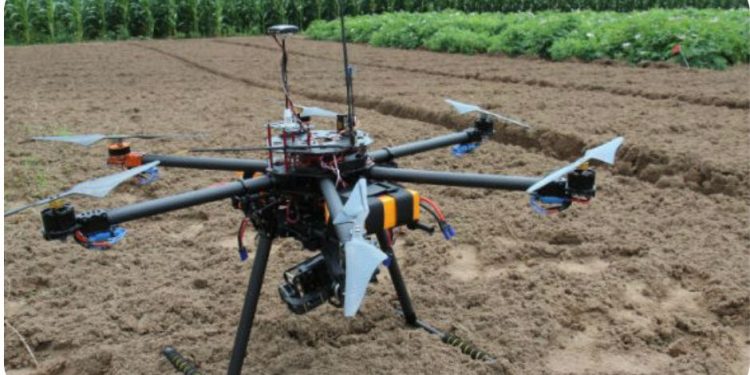1. Apps are critical to ag. Farmers use mobile technology for many things, including turning irrigation and other equipment on or off, maintaining pest counts from field scouting, identifying bugs, checking field records, reviewing soil types, ensuring site-specific planting or production and keeping track of pest control operations. These apps often link directly to computers, allowing farmers to maintain a complete record of everything that happens on the farm and make critical long-term comparisons.
2. Big data is helping agriculture. Data is being collected on all aspects of production, and big data analysis can improve our decision-making and increase productivity. Ultimately, this big data approach can bring regional and even global improvements to food production, resource conservation and environmental stewardship.
3. Drones and satellites will help manage farmland as we move forward. Much of the commercial market for drones will be in agriculture. Drones are affordable and can boost productivity and cost-efficiency in agriculture as they scout fields, identify areas of concern, take photos and assist data collection. Satellite imagery and remote-sensing technologies are also on the horizon, allowing growers to identify and gather data pertaining to field-related questions and concerns long before the human eye can see the problem.
4. Genetically modified organisms and cis-genetics will expand the abilities of plant breeders to create agricultural varieties for specific production and management needs. We have already seen the rapid expansion of genetic manipulation in developing plant varieties with new traits from other plants (GMOs), or having plants with traits that are enhanced and/or silenced to aid in some aspects of the plant’s growth and production. We are now on the threshold of a new technology—cis-genetics, where only the genetic material of the host plant is used to create desired characteristics. While many still question the role of these technologies, there is little doubt they will play a role as agriculture faces future challenges.
5. RNAi technology will take pest management to the next level. We’re moving toward completely biologically based technology that uses RNA (ribonucleic acid) to turn off specific enzymes in target pests and silence genes that are essential to the pests’ life processes. This RNAi (ribonucleic acid interference) technology will only take out pests that are specifically targeted and will have no impact on other organisms—a truly innovative and safe approach for our next generation of pest management.
Deana Knuteson and Mimi Broeske are with the CALS-based Nutrient and Pest Management Program. Jeffrey Wyman is an emeritus professor with the Department of Entomology.
— Deana Knuteson, Jeffrey Wyman and Mimi Broeske, University of Wisconsin-Madison
Source: University of Wisconsin eCALS
